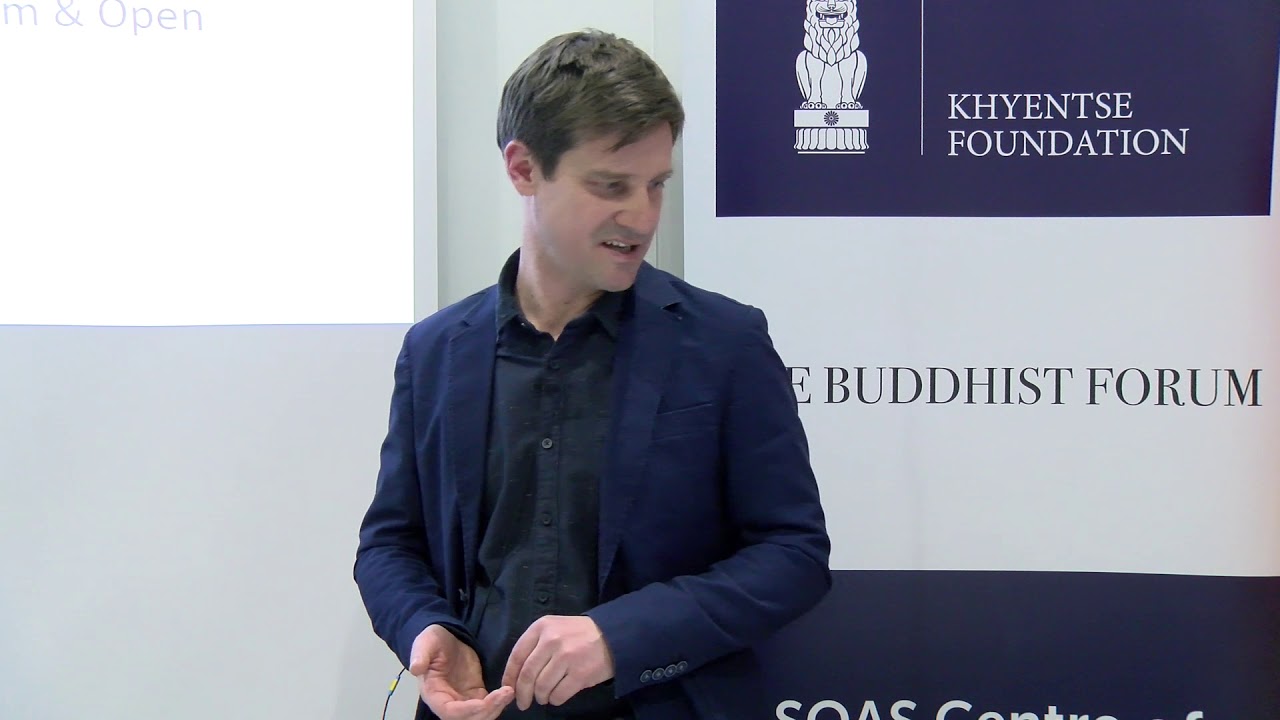Off the Mainstream: Tracing a Network of Sūtra Collections across the Himalayas

Key information
- Date
- Time
-
5:30 pm to 7:00 pm
- Venue
- Brunei Gallery
- Room
- B211
About this event
Dr Markus Viehbeck (University of Vienna)
Abstract
The Tibetan Buddhist Canon as it is known today consists of two distinct and systematically structured sections, Kanjur (bka’ ‘gyur), translations of the word of the Buddha, and Tanjur (bstan ‘gyur), translations of Indian exegetical treatises. In the study of the former, a common assumption is that most individual Kanjurs are part of the two mainstream traditions of Tshal pa or Them spangs ma, which emerged from Central Tibet, and that other, rather exceptional cases, must be seen as “local” Kanjurs, in the sense that their influence is geographically confined. However, a few years ago, scattered features were noted in the study of individual manuscript collections that pointed to the possible existence of another larger network of canonical collections in the Western and Central Himalayas.
My talk will outline the efforts of a new research project at the University of Vienna, which is dedicated to the documentation and investigation of several textual collections that must be seen as crucial missing links for gaining an understanding of this network. I will start with presenting some of the details of a manuscript collection from Namgyal Monastery, Mustang, which could be tentatively dated to the early fourteenth century, and hence must be seen as one of the oldest physically existing versions of a Tibetan canon of some sort. In tracing connections to other collections in Mustang, Dolpo, and Ladakh, we will not only gain a better understanding of this textual network, but we are also confronted with the essential question whether these collections are to be seen as part of Kanjurs, or whether we have to revise our common understanding of what a “Tibetan canon” is supposed to look like.
Bio
Markus Viehbeck works as a Postdoctoral Researcher at the Institute of South Asian, Tibetan, and Buddhist Studies, University of Vienna. In the past he has been employed as researcher and lecturer at the same institute and, between 2010 and 2018, has served as Assistant Professor at the Chair of Buddhist Studies, Cluster "Asia & Europe," University of Heidelberg. His research interests address diverse topics within Buddhist philosophy, Tibetan intellectual history, and the interlinkage of religious and social history, with a focus on working with textual sources. His publications include Polemics in Indo-Tibetan Scholasticism: A Late 19th-Century Debate between ‘Ju Mi pham and Dpa’ ris Rab gsal (Vienna, 2014) and Transcultural Encounters in the Himalayan Borderlands: Kalimpong as a “Contact Zone” (Heidelberg, 2017). In a new project he studies Tibetan canonical literature and contributes to building up a comprehensive database at Resources for Kanjur & Tanjur Studies (rKTs).
